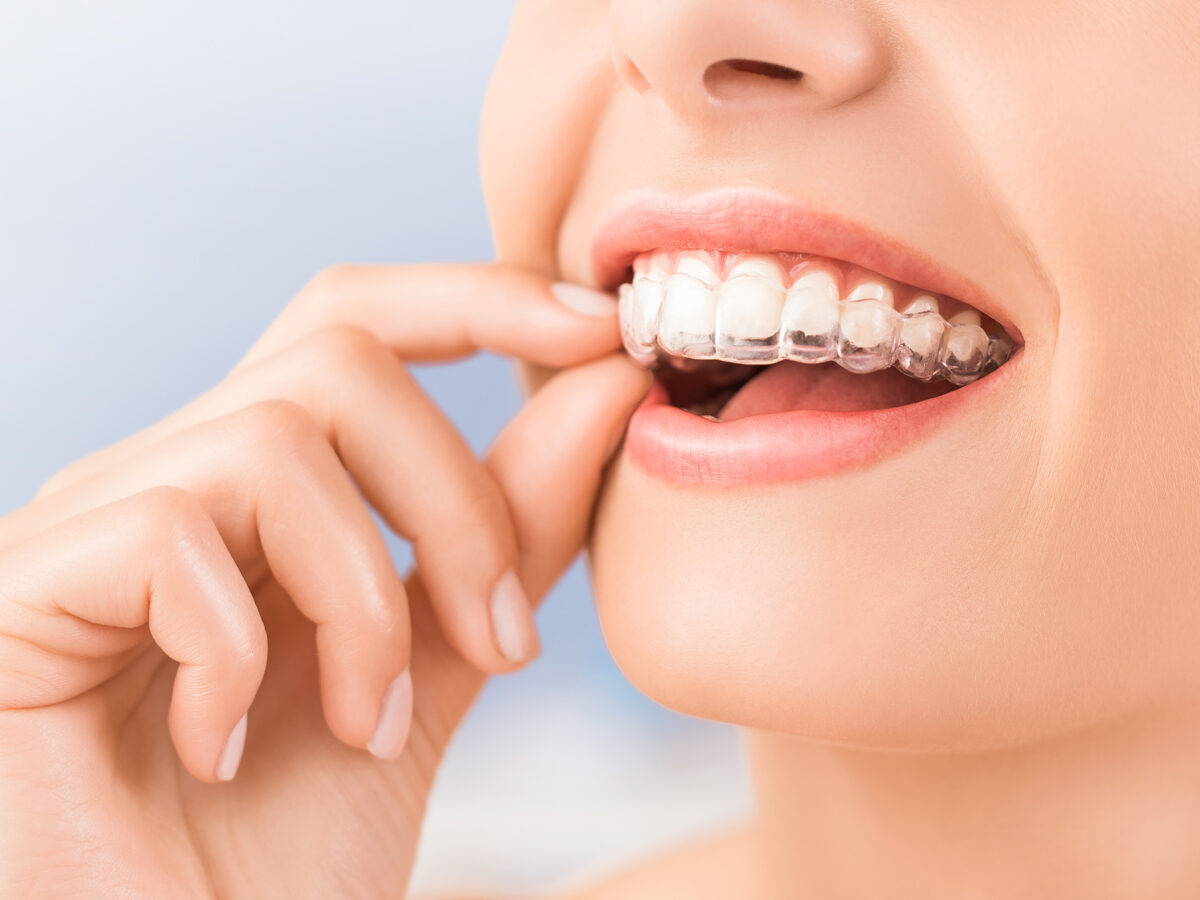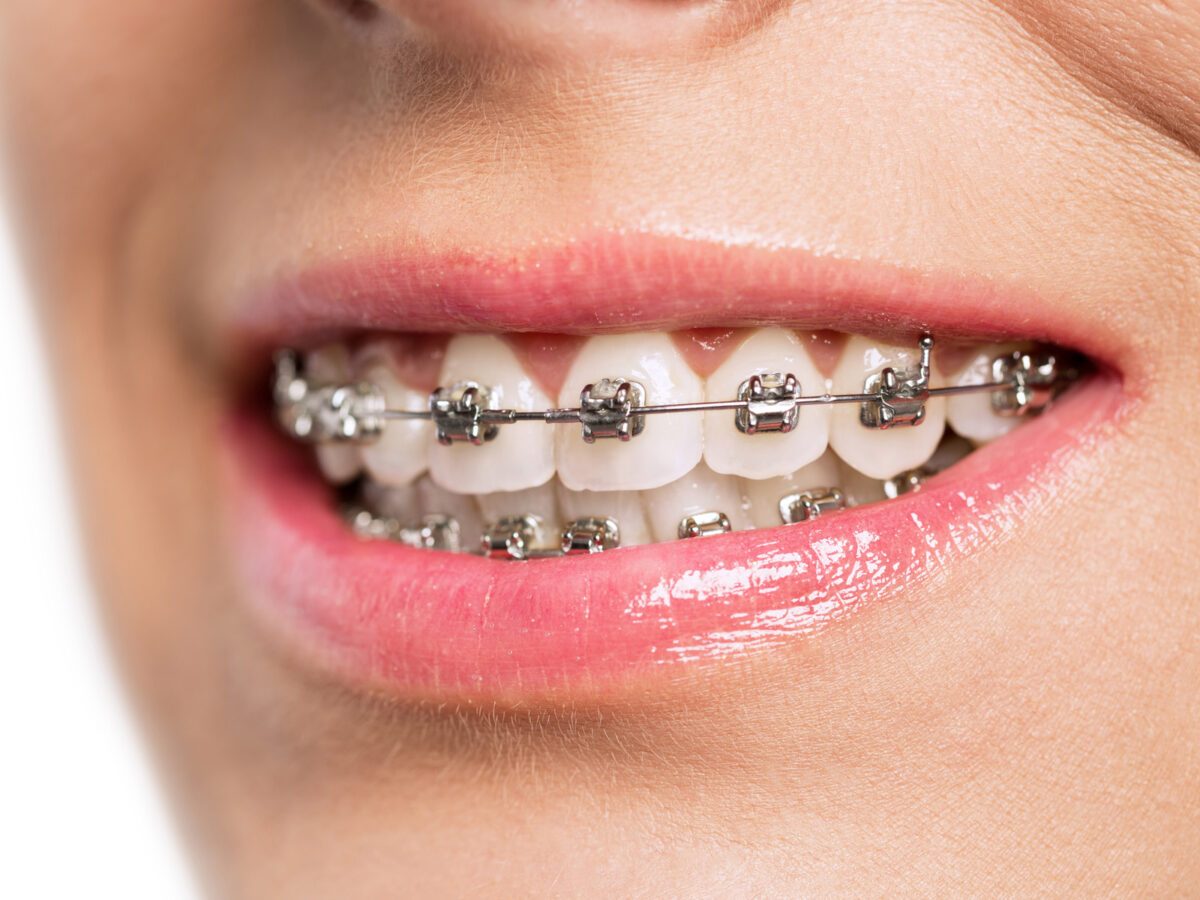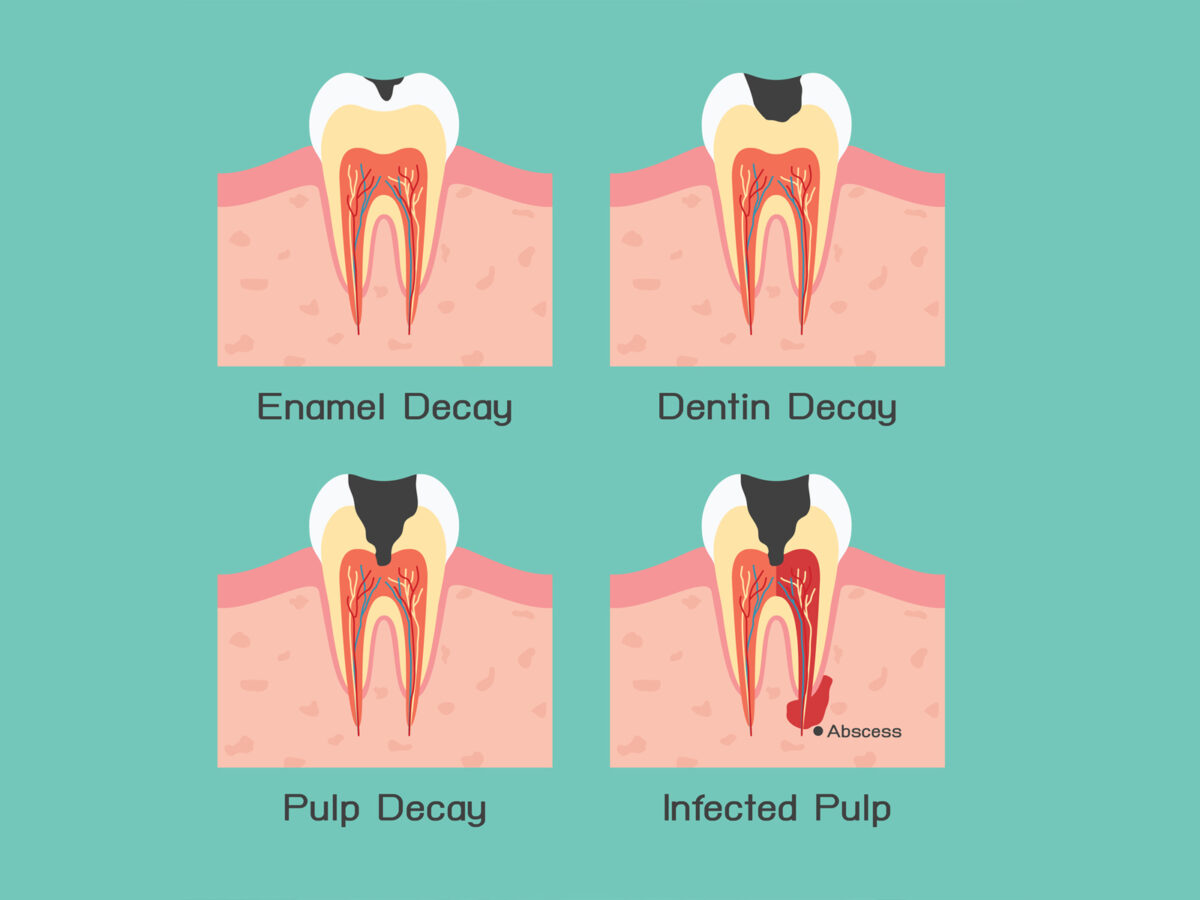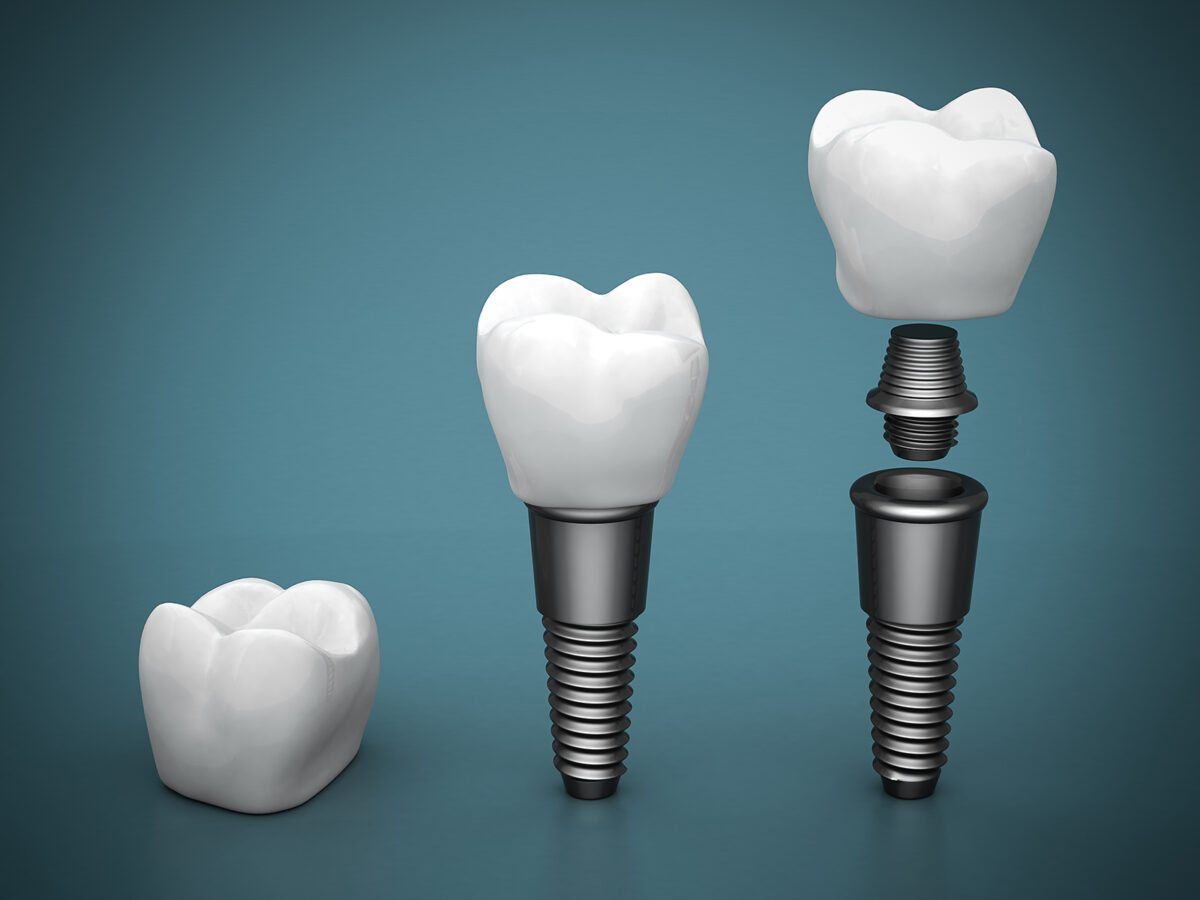If you are considering between traditional braces and invisible braces, also known as Invisalign to straighten your teeth, or your child’s teeth, then you may have plenty of questions like which is more effective, which is more affordable, etc. Ultimately, you should go about choosing the treatment that will do the job, even if it’s expensive.
Over the long haul, you would rather not need to fix your teeth once more! So, are braces or Invisalign the better decision for you or your child?
Braces and Invisalign: Getting straight to the basics
Both braces and Invisalign are intended to fix teeth while working on your smile and oral health.
Braces comprise of metal brackets being stuck to your teeth and tied together by wires and tiny rubber bands. Now, you get brackets to more closely match your enamel color, and likewise, you get them in color to make a fashion statement with your mouth!
Invisalign, then again, is intended to be invisible. These are known to straighten your teeth without wires and brackets, using a series of clear, customized, removable appliances called aligners. Unlike traditional metal braces, Invisalign has only been around for a little over a decade or more, but that doesn’t lessen its effectiveness.
Difference between braces and Invisalign
Traditional metal braces are the most commonly and widely used form of braces. The most evident difference between braces and Invisalign is that braces are not removable. Be that as it may, they are very efficient at fixing complex issues, and they normally work faster than Invisalign.
On the other hand, Invisalign is extremely popular because they are removable and invisible. This enables you to remove the aligners to eat, brush, and floss, or for special occasions when you don’t want your treatment to interfere with your lifestyle. Since these aligners are removable, you can eat and drink what you’d like, without the concern of breaking a bracket or loosening a wire!
Book an appointment with the dental experts to help your decide
Comparing braces and Invisalign is a tough race. Whichever treatment you select isn’t only about your smile but improving your overall oral health. This decision shouldn’t be taken without professional help. It is important to find a dentist and consider their recommendations.
Schedule your appointment with a dentist today and get the treatment on time!





